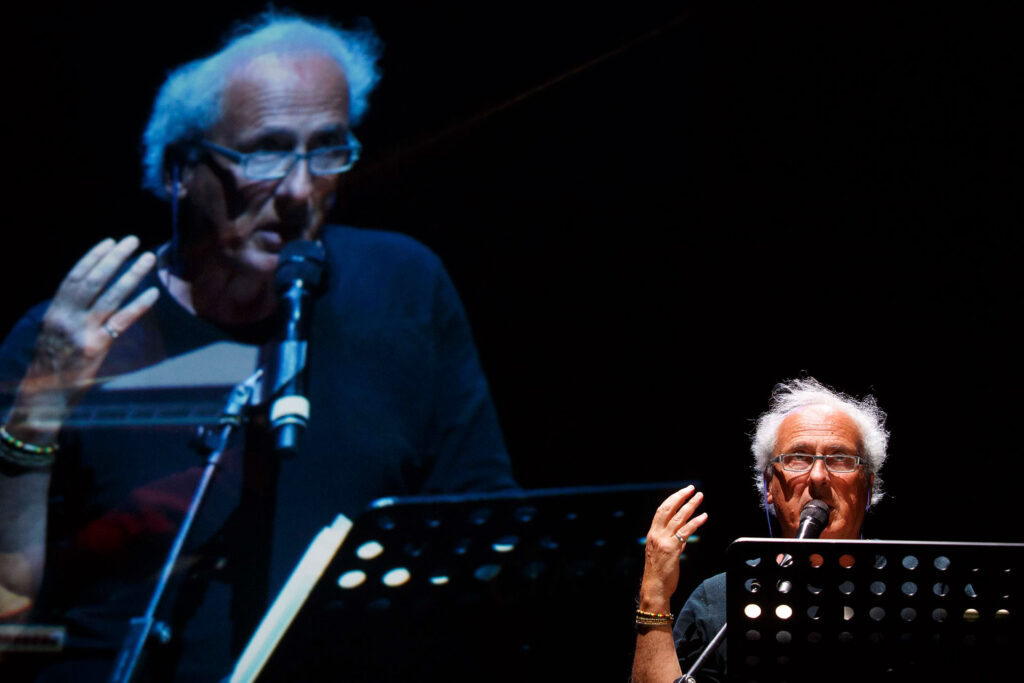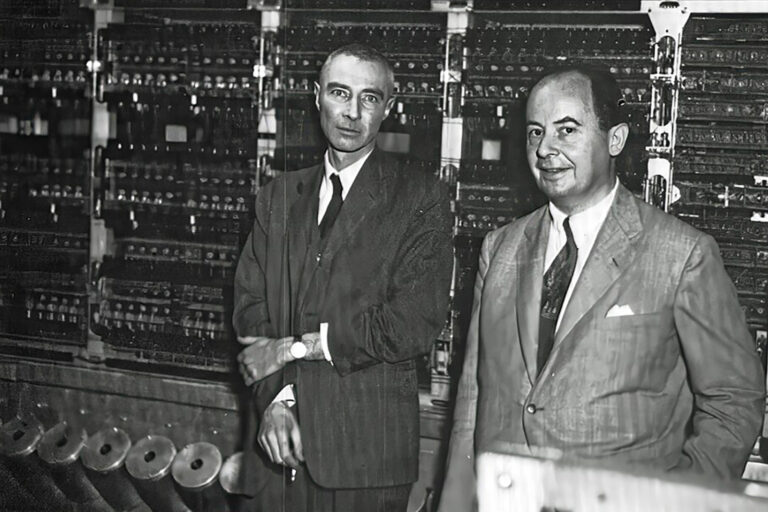“I saw the circulation of my own dark blood; I saw the coupling of love and the modification of death; I saw the Aleph from every point and angle, and in the Aleph I saw the earth and in the earth the Aleph and in the Aleph the earth; I saw my own face and my own bowels; I saw your face; and I felt dizzy and wept, for my eyes had seen that secret and conjectured object whose name is common to all men but which no man has looked upon – the unimaginable universe.”
[J.L. Borges “The Aleph”]
In what is probably his most widely read and best-known story, author Jorge Luis Borges addresses the task of creating something that can describe, in a unitary and exhaustive way, everything that exists. While it is undoubtedly crazy even to try imagining such a thing, this undertaking seems to be made possible thanks to an object kept in a cellar: a small sphere, the Aleph, which promises to be both container and content of the entire universe.
CARDINALITY
“Aleph” is the first letter of the Hebrew alphabet. In mathematics, when it is accompanied by the subscript zero it indicates the cardinality of infinite countable sets, those sets whose contents can be listed by enumerating their elements. In general, cardinality is a kind of indicator of the “strength” of infinite sets.
But how can one infinity be more infinite than another? Think of two familiar infinities: the set of integers and the set of points on a line. While it is true that there are no other integers between two contiguous integers, between two points on a straight line we can find an infinite number of other points, however close the original two points are to each other. We can count integers, even though we know that the counting is endless, but we cannot indicate the points on a line in succession. The cardinality of the line (which mathematicians call “of the continuous” or Aleph one) is greater than that of the set of integers (“of the countable” or Aleph zero). Although both are infinite, the two sets are infinities of different degrees.
In an attempt to describe the “unimaginable universe”, Borges lists objects, places, times, situations, sensations, and coexisting or opposing realities. To do so, he uses the increasing cadence of someone who knows that enumeration is inexhaustible and the complexity of content inexpressible. Borges therefore admits that it is possible to know the universe by listing its elements, but at the same time denies the possibility of exhaustive knowledge, because the listing would be endless. But there’s more to it than that. We don’t know, in fact, if the Aleph that gives the story its title is a countable infinity or a continuum. If the Aleph were of type one, continuous then, we would have to admit that between two elements listed in succession there is a further evasive infinity.
SYMBOLS
As proof of the inaccessibility of the infinity represented by the Aleph, Borges’s description of it is pervaded by great bewilderment, like someone waking up from a dream who remembers the confused image of a previously never-seen object, invention, or idea, with the sensation that in that abstract construction there is something illuminating, decisive, harmonious, beautiful, and ingenious. In fact, no one would know how to describe that dream in its fullness, not in words, nor by drawing it, or listing its essential parts. What is left to us of a dream’s symbols is as distant from non-dream reality as the evocation of the Aleph is to Borges: “And here begins my despair as a writer. All language is a set of symbols whose use among its speakers assumes a shared past. How, then, can I translate into words the limitless Aleph, which my floundering mind can scarcely encompass?”.
Fortunately, literary language knows the art of weaving arcane storylines. When it is effective, it can transport the reader beyond the dimension of the real, eliminating workaday, limited, and limiting references and delivering a new perspective. Perhaps we expect just this from literature when it is interpreting the ideas of science. We need the perfect composition of words capable of restoring the image of an abstract idea and triggering a perception, just like a dream does. Borges does this in five hundred words, describing the Aleph in a journey that seems to cover all possible times, spaces, dimensions, but also the totality of known or knowable human images and sensations.
THE WITNESS
The power to give rise to augmented realities, capable of facilitating the perception of ideas outside of experience, unites literary forms that are also very distant from each other. This allows us to pass the literary baton, without running the risk of too abrupt a jump, from the metaphysical poetry of Borges to the fantastic, often ironic, narration of Italo Calvino:
“One night I was, as usual, observing the sky with my telescope. I noticed that a sign was hanging from a galaxy a hundred million light-years away. On it was written: I SAW YOU. […] and since they saw up there what was taking place here a hundred million years later, the moment when they had seen me must date back two hundred million years. […] I was seized by a ghastly presentiment: exactly two hundred million years before, not a day more nor a day less, something had happened to me that I had always tried to hide.”
[I. Calvino “The Light-Years” (from “Cosmicomics”)].
The event “Discovery Machines: From the Higgs Boson to the New Physics”, organised by INFN and CERN, was accompanied by a reading by Stefano Benni of the short story “The Aleph” by Jorge Luis Borges. The protagonists were the physicists Fabiola Gianotti, Fernando Ferroni, Guido Tonelli, Michelangelo Mangano, Sergio Bertolucci, Antonio Zoccoli, and the economist Massimo Florio. Stefano Benni’s readings alternate with music by pianist Umberto Petrin, and visual narration by illustrator Luca Ralli. The content of the event, held in Rome on 14 April 2016 at the Parco della Musica Auditorium, is an open contemporary perspective on the future of particle physics.
“Staffetta letteraria, tra scienza e narrativa” (Literary Relay, between Science and Fiction) is a regular editorial of Collisioni.infn dedicated to the authors who since 2011 have contributed to the scientific story of the conference-shows organised by INFN by means of extracts from their literary works.



